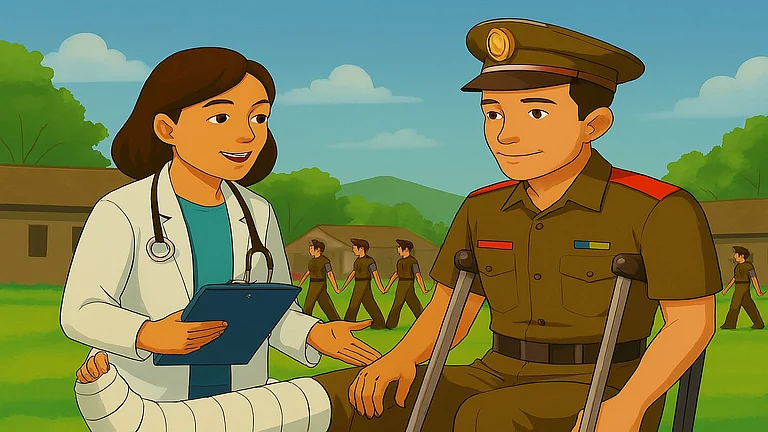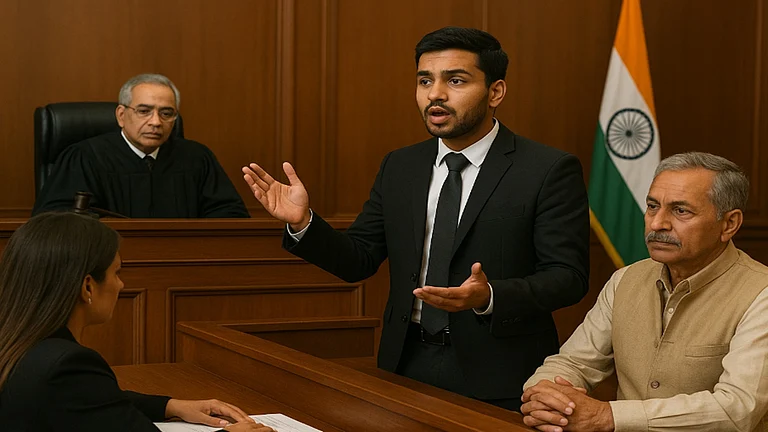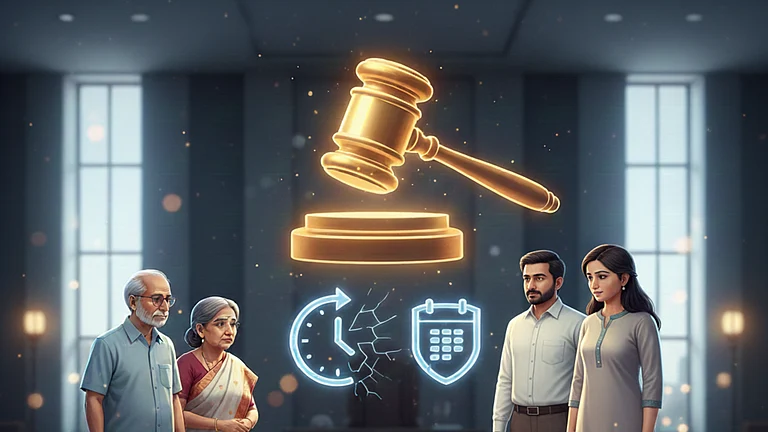Although India recognised the living Will through a landmark Supreme Court judgment in 2018, many remain uncertain about how to go about the process. To address this, a local hospital has established a weekly clinic to help patients and families prepare this legal document.
Hinduja Hospital in Mahim began the living Will clinic last week, with the involvement of senior neurologist Dr Roop Gursahani, who has been actively associated with the ‘dying with dignity' movement for over a decade, according to a Times of India report.
On paper, the right to die with dignity is now enshrined in Indian law. But when it comes to translating that right into action into real decisions made in real hospitals for real patients, the machinery is still to catch up.
The concept of the living Will, or Advance Medical Directive sits at the intersection of personal autonomy, ethical medicine, and legal authority. It allows a person to articulate what medical treatment they want or don’t want if they ever become incapacitated, terminally ill, or unable to communicate.
The Supreme Court of India cleared the legal fog around this right in its landmark 2018 judgment in Common Cause v. Union of India. Since then, individuals have been legally allowed to state, in advance, whether or not they wish to be kept on life support.
“A ‘Living Will’ is a legal document that spells out how the declarant or patient wishes to be medically cared for and treated if rendered incapable of comprehension and communication like one may be when terminally ill or in vegetative state. It is also commonly known and referred to as ‘Advance Medical Directive’. This concept and related law has emerged from the Hon’ble Supreme Court recognising that the fundamental right to life guaranteed under Article 21 of the Constitution of India includes the right to die with dignity. It takes effect when the declarant or patient is alive, but incapacitated. Its key objective is to record specifically what are the preferences and wishes of the declarant or patient about medical care and life-sustaining treatment if incapable of communicating the same in the future,” says Palecanda M Chinappa, partner, IndusLaw.
From Penal Code to Personal Autonomy
India’s legal conversation around the right to die traces back to 1994, P. Rathinam v. Union of India, where the Supreme Court briefly struck down Section 309 of the Indian Penal Code, which criminalised suicide attempts. The ruling declared the right to die as part of the fundamental right to life under Article 21 of the Constitution. But just two years later, in Gian Kaur v. State of Punjab, that interpretation was overruled. The Court upheld the legality of Section 306 IPC, which criminalises abetment to suicide, and clarified that the right to die was not a part of Article 21.
Then came Aruna Shanbaug v. Union of India in 2011. Aruna had been in a persistent vegetative state for over 40 years following a brutal assault. The court, while denying the petition to end her life, did recognise passive euthanasia as legally permissible under strict safeguards and court supervision.
That precedent laid the groundwork for Common Cause v. Union of India (2018), which delivered a more comprehensive and humane interpretation. A five-judge Constitution bench held that the right to die with dignity is a natural extension of the right to life. The Court validated the concept of living Wills and issued detailed procedural guidelines to ensure these were not misused.
A Blueprint of Living Will
The original guidelines from 2018 required the executor to be an adult of sound mind and free from coercion. The document had to be signed in front of two witnesses and countersigned by a Judicial Magistrate First Class (JMFC). Copies had to be distributed to family members, the family physician, and local authorities. If the executor became terminally ill, a two-step verification process involving two separate medical boards was required, followed by final approval from the JMFC before any withdrawal of treatment.
Recognising the complexity, the Supreme Court revised these rules in January 2023. The signature of a JMFC was no longer mandatory. Instead, the document could be signed before two independent witnesses and authenticated by a notary or gazetted officer. Medical boards were still necessary but now had to give their decision within 48 hours of being notified.
Who Really Needs One?
While most associate living Wills with old age or terminal illness, experts say they are just as critical for young adults, especially those without next of kin. Anyone can face sudden medical crises, accidents, brain injuries, or comas.
In families, particularly large ones, these documents also reduce the emotional burden. Decisions made in a time of grief can cause conflict; a living Will eliminate ambiguity.
How To Make a Living Will
Here are things to keep in mind while making a Living Will, according to Paras Joshi, managing partner of Verdienta Law.
First: who can make one? Only an adult. Not just age-wise they need to be in full possession of their mental faculties. That means capable of understanding what they are signing, what it means medically, and what the consequences are. It’s not enough to just be willing; the person has to be informed and competent.
Second: Signing. It has to be signed in front of two independent witnesses. Not friends. Not family. People who are neutral and who will, on record, state that they are satisfied this person is acting voluntarily. No pressure, no persuasion, no manipulation. Then, once signed, it also needs to be authenticated by either a notary public or a gazetted officer. That authentication isn’t a formality, it's a safeguard. It confirms this is a conscious, deliberate act. And that everyone involved is satisfied the person understands exactly what they are doing.
Third: when the living Will is to be acted upon, say the person is in a terminal condition or permanently unconscious, the treating doctor isn’t the final word. A formal Medical Board has to be informed. They must examine the person and assess whether the medical condition matches what the Will anticipates. A decision must be reached within 48 hours. A living Will can only be carried out if the instructions are followed. By doing this, there will be no ambiguities, no doubt, and no premature actions.
















